Tessellations Opaque Black Numerically Balanced D20 Dice
4.5 (477) In stock
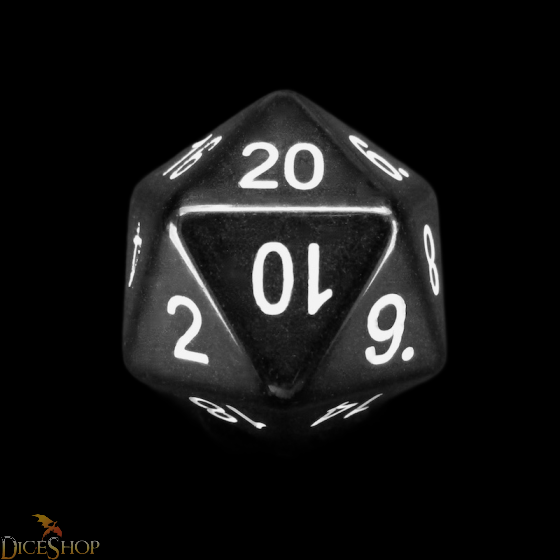
This is a numerically balanced 16mm 20 sided D20 Dice.
Dice are traditionally numbered such that the largest number is located opposite the smallest, next largest opposite next smallest, etc. For a d20, 20 is opposite 1, 19 opposite 2, 18 opposite 3, etc. The average value per face is half of 21, 10.5. If a die is unintentionally oblate (slightly flattened on opposing sides), the flatter regions are more likely to turn up when the die is tossed. If these two opposite numbers were 19 and 20 for example, then the die would on average roll high, since these two numbers would come up too often. Having the two numbers add to 21 avoids any such bias in the average number rolled. For this reason, the opposite-side numbering convention improves fairness. Equally important in our opinion is balancing of the vertex sums.
In the standard d20 numbering, small and large numbers are distributed more-or-less evenly over the die, with the following vertex sums: 39, 47, 49, 51, 52, 52, 53, 53, 54, 56, 58, and 66. Using computer search techniques, we've managed to find a numbering with ideally-balanced vertex sums while retaining the opposite-side numbering convention: 52, 52, 52, 52, 52, 52, 53, 53, 53, 53, 53, and 53. In analogy to Magic Squares, in which each row, column, and diagonal sum to the same number, we call such a numbering of a die a "magic" numbering. The d20 is the only one of the standard polyhedral dice (d4, d6, d8, d10, d12, and d20) that allows a magic numbering.
This is a numerically balanced 16mm 20 sided D20 Dice.
Dice are traditionally numbered such that the largest number is located opposite the smallest, next largest opposite next smallest, etc. For a d20, 20 is opposite 1, 19 opposite 2, 18 opposite 3, etc. The average value per face is half of 21, 10.5. If a die is unintentionally oblate (slightly flattened on opposing sides), the flatter regions are more likely to turn up when the die is tossed. If these two opposite numbers were 19 and 20 for example, then the die would on average roll high, since these two numbers would come up too often. Having the two numbers add to 21 avoids any such bias in the average number rolled. For this reason, the opposite-side numbering convention improves fairness. Equally important in our opinion is balancing of the vertex sums.
In the standard d20 numbering, small and large numbers are distributed more-or-less evenly over the die, with the following vertex sums: 39, 47, 49, 51, 52, 52, 53, 53, 54, 56, 58, and 66. Using computer search techniques, we've managed to find a numbering with ideally-balanced vertex sums while retaining the opposite-side numbering convention: 52, 52, 52, 52, 52, 52, 53, 53, 53, 53, 53, and 53. In analogy to Magic Squares, in which each row, column, and diagonal sum to the same number, we call such a numbering of a die a magic numbering. The d20 is the only one of the standard polyhedral dice (d4, d6, d8, d10, d12, and d20) that allows a magic numbering.
This is a numerically balanced 16mm 20 sided D20 Dice.
Dice are traditionally numbered such that the largest number is located opposite the smallest, next largest opposite next smallest, etc. For a d20, 20 is opposite 1, 19 opposite 2, 18 opposite 3, etc. The average value per face is half of 21, 10.5. If a die is unintentionally oblate (slightly flattened on opposing sides), the flatter regions are more likely to turn up when the die is tossed. If these two opposite numbers were 19 and 20 for example, then the die would on average roll high, since these two numbers would come up too often. Having the two numbers add to 21 avoids any such bias in the average number rolled. For this reason, the opposite-side numbering convention improves fairness. Equally important in our opinion is balancing of the vertex sums.
In the standard d20 numbering, small and large numbers are distributed more-or-less evenly over the die, with the following vertex sums: 39, 47, 49, 51, 52, 52, 53, 53, 54, 56, 58, and 66. Using computer search techniques, we've managed to find a numbering with ideally-balanced vertex sums while retaining the opposite-side numbering convention: 52, 52, 52, 52, 52, 52, 53, 53, 53, 53, 53, and 53. In analogy to Magic Squares, in which each row, column, and diagonal sum to the same number, we call such a numbering of a die a magic numbering. The d20 is the only one of the standard polyhedral dice (d4, d6, d8, d10, d12, and d20) that allows a magic numbering.

The Dice Lab Unique Designs

Dice - One Hundred and Twenty Sided - D120 – TarquinGroup
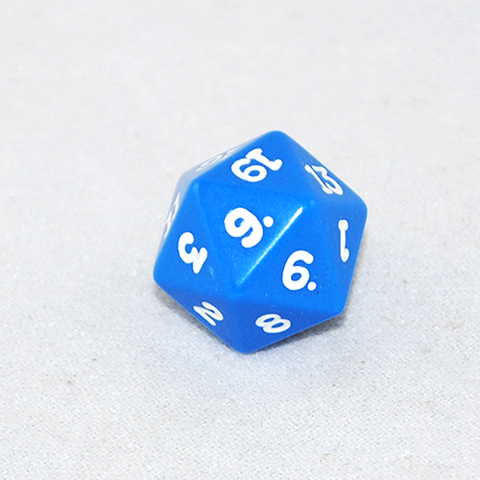
Opaque 20 Sided Dice – GMDICE
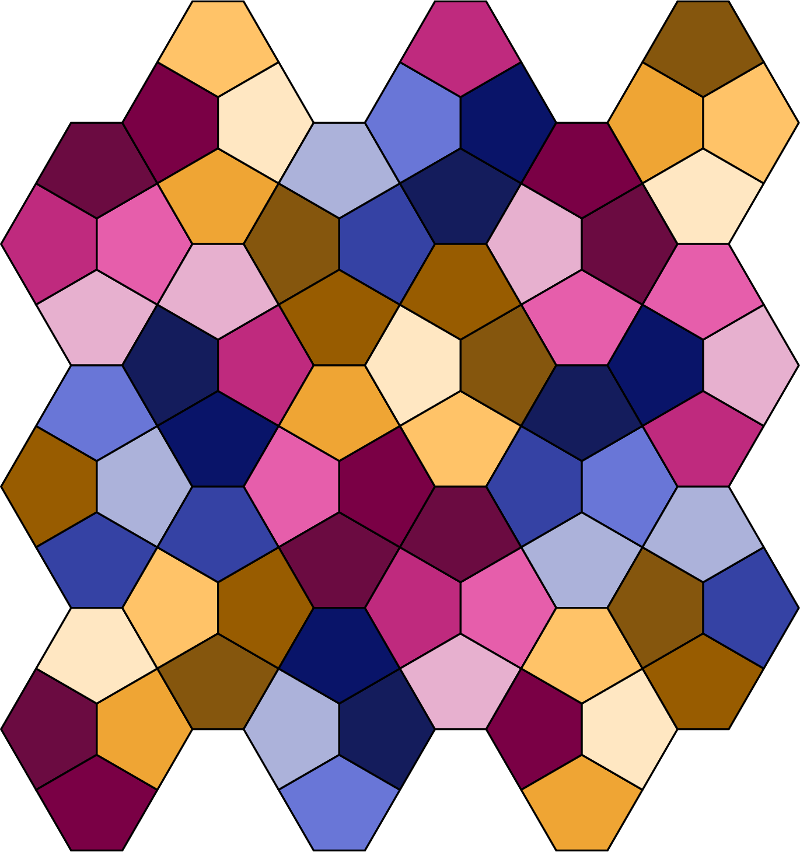
Catherine's Auxiliary Brain
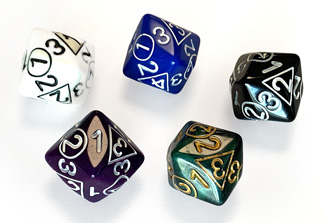
The Dice Lab Unique Designs

20 Sided DND Dice,D20 Giant Polyhedral Dice,55mm Titan
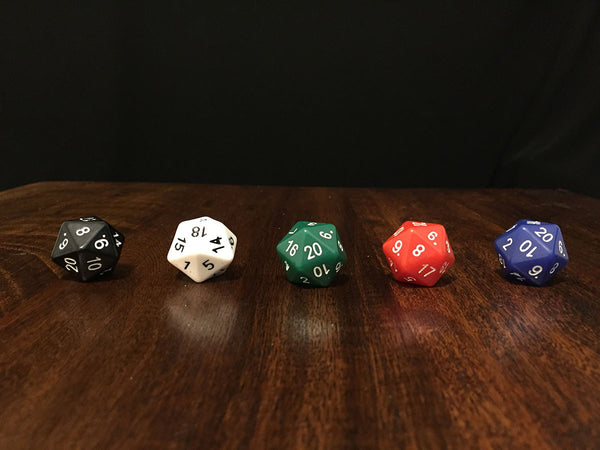
Numerically Balanced D20 – Maths Gear - Mathematical curiosities
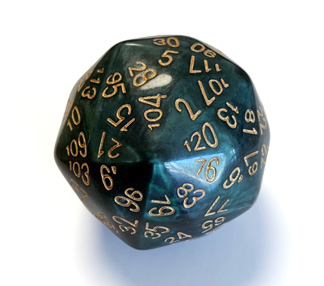
The Dice Lab Unique Designs

20 Sided DND Dice,D20 Giant Polyhedral Dice,55mm Titan
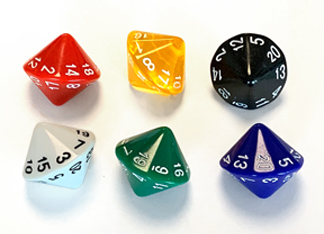
The Dice Lab Unique Designs

Set of Numerically-Balanced 20-sided Dice in Five

Twenty Sided Dice - Sweden

Dice
Polyhedral DND Dice Sets, 7-Die Solid Metallic Polyhedral D&D Dice
DnD dice rolls not flying? Try a floating D20
Natural 1 D20 Dice Roll Illustration Stock Vector - Illustration
Ultra Pro - Heavy Metal D20 Dice Set - Dungeons & Dragons - The Mana Shop
 Victoria's Secret Very Sexy Bra Panty Thong Set 38C Large Unlined
Victoria's Secret Very Sexy Bra Panty Thong Set 38C Large Unlined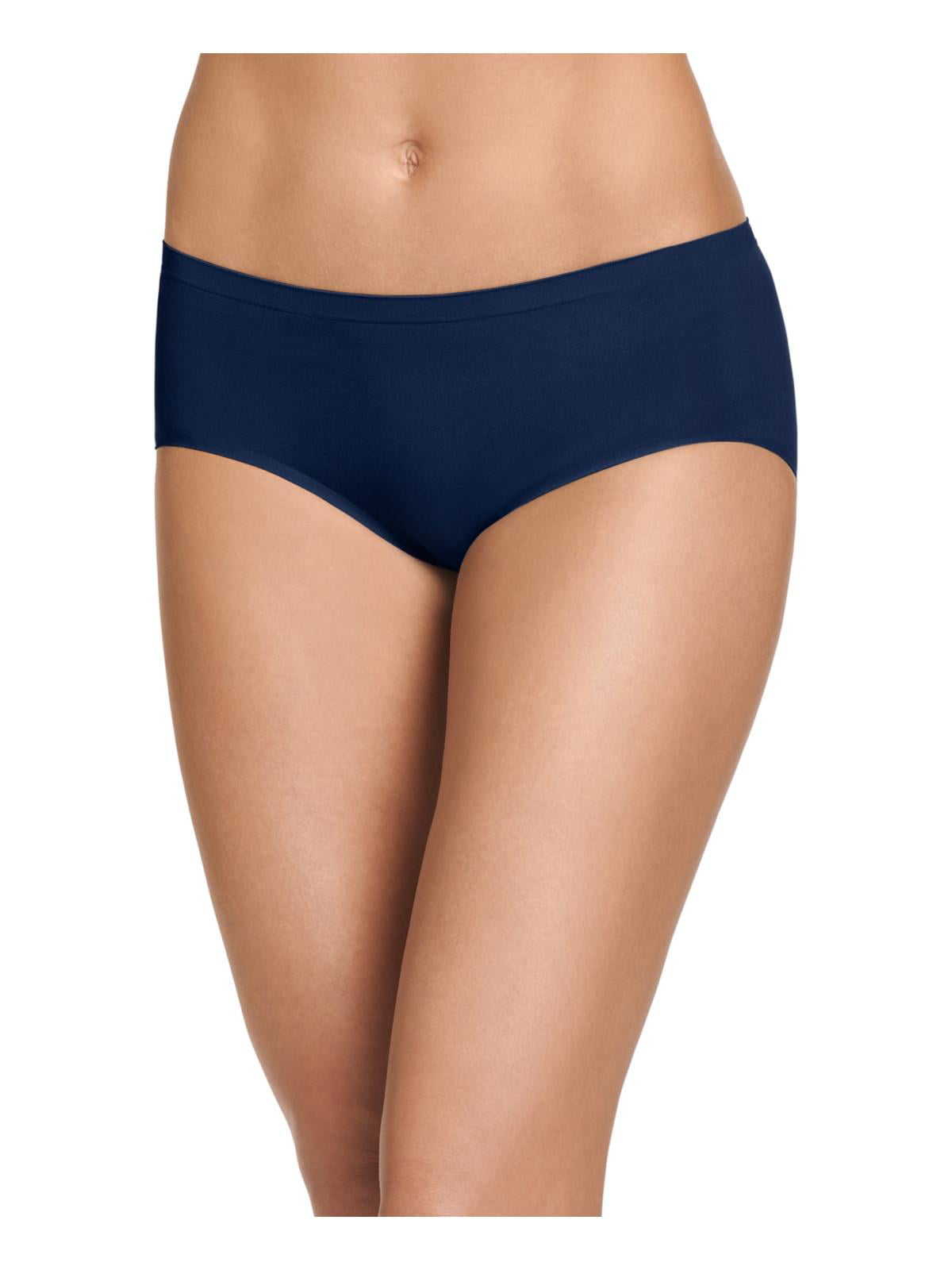 Jockey Womens Stretch Solid Seamless Panty Navy 6 Palestine
Jockey Womens Stretch Solid Seamless Panty Navy 6 Palestine Premium Photo Elegant ancient bust roman greek woman with grape
Premium Photo Elegant ancient bust roman greek woman with grape EXTREME CONTROL SPORTS BRA – Expect Lace
EXTREME CONTROL SPORTS BRA – Expect Lace Overnight Moisturizing Gel Socks SPA Socks, Cracked Heel Repair Socks, Calluses Treatment Socks/gloves, Spa Gift, Mothers Day Gift
Overnight Moisturizing Gel Socks SPA Socks, Cracked Heel Repair Socks, Calluses Treatment Socks/gloves, Spa Gift, Mothers Day Gift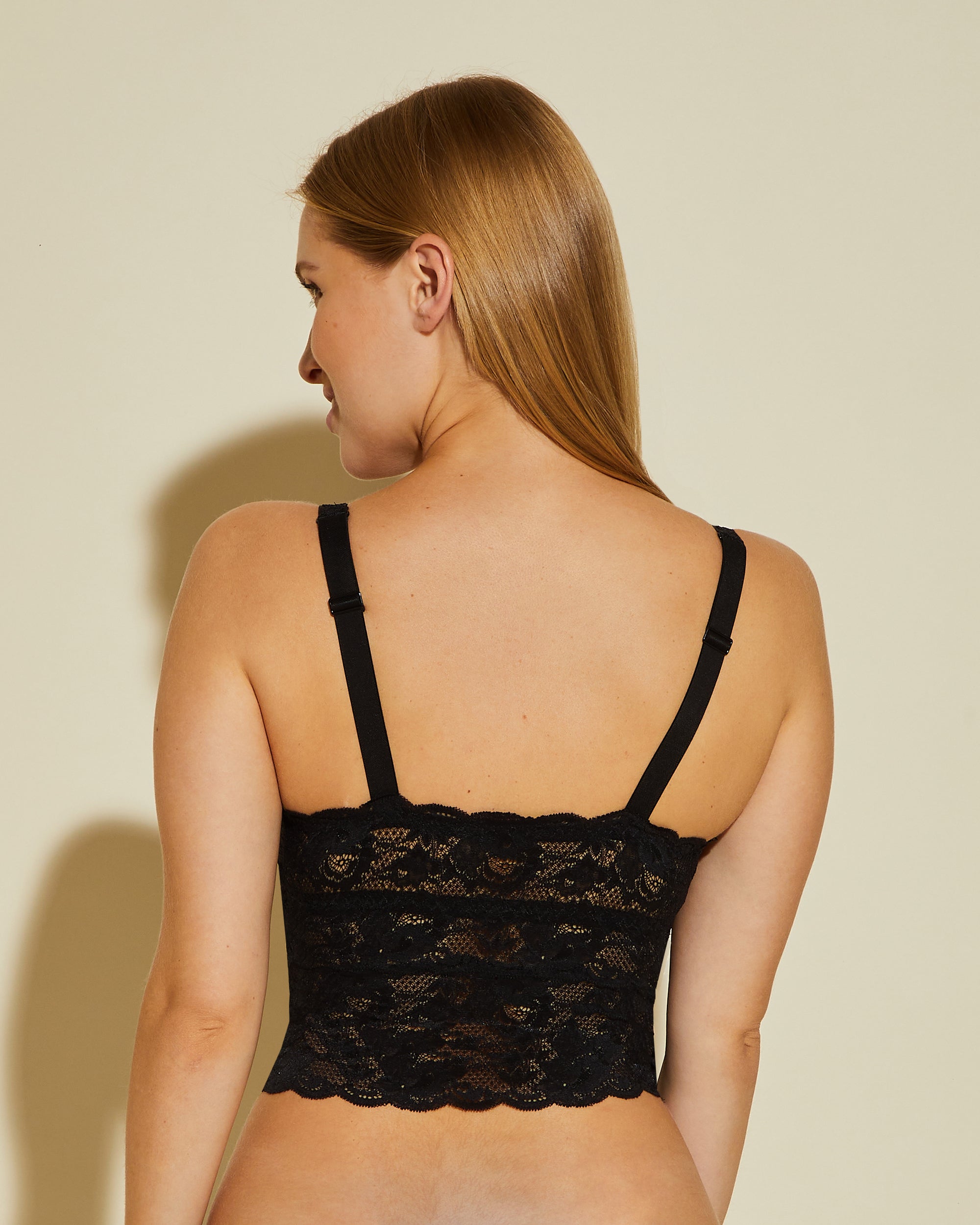 Cosabella Never Say Never Curvy Shortie Cropped Cami
Cosabella Never Say Never Curvy Shortie Cropped Cami